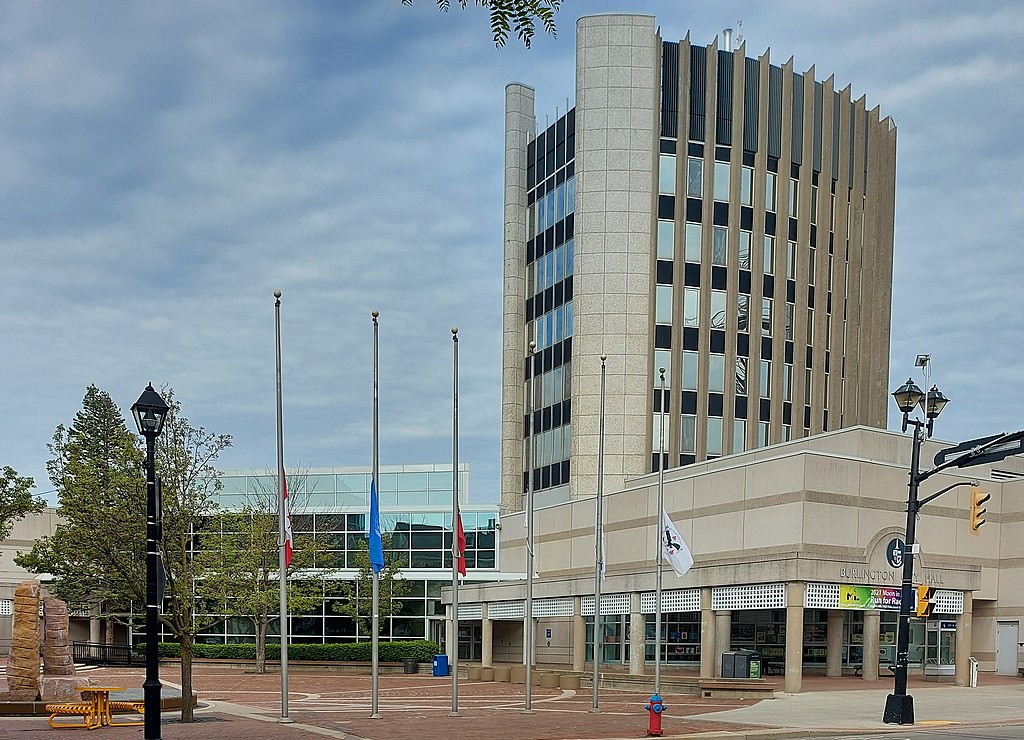For many municipalities across Ontario, the role of deputy mayor is typically assigned should the mayor be unavailable. Instances like these are usually limited to ceremonial or emergency matters if, and only if, the mayor is unavailable. A traditional role, to say the least. For some cities, this may be one member of council that serves this role, and for others, it may be multiple members on a rotational basis throughout the term of council. The role of deputy mayor and its parameters is the responsibility of the mayor to assign, and while it is defined in the Municipal Act, these roles often appear to simply be a title, and not much else. Not to mention the role itself differs between each municipality. We can, of course, look to the City of Toronto, and see that the appointed deputy mayor is now assuming some of the responsibilities of the mayor since John Tory’s resignation, but only until the by-election. Still, it appears that it is rare to see the role of the deputy mayor come to fruition beyond the title itself.
For Burlington, however, there was an idea that was initially conceived during the last term of council by Mayor Marianne Meed Ward. This concept was to incorporate a council structure similar to the federal ministerial model, but like everything else in the world, the idea was sidelined as the navigation of the COVID-19 pandemic took priority. This recent election saw an opportunity to resurrect the idea, and after Meed Ward ran the idea by the newly(re-)elected council members and received enthusiasm for the concept, the title of “deputy mayor with portfolio” was born. It was unanimously approved by council last December. No other municipality has incorporated “with portfolio” to their deputy mayor titles, and the writing of procedural bylaw is currently in effect to make it official in the City of Burlington moving forward with future terms of council.
What’s the difference, though?
Looking beyond the traditional ceremonial and emergency deputy mayor title (which is still in effect and rotates regularly, providing each council member the opportunity to hold the title and its responsibilities should Meed Ward be unavailable), the “with portfolio” adds an additional dynamic to this role. Similar to the federal ministerial model, each council member is assigned a portfolio based on the objectives of the master plan for the city. This portfolio should and needs to align with the master plan, so it can be expected that the portfolio roles will change with each term of council. Based on the professional and personal backgrounds, experience, and interests of each council member, alongside their demonstrated leadership, a portfolio is then suggested by the mayor.
The deputy mayor titles with portfolio have been assigned to the following council members:
- Deputy Mayor for Business & Red Tape Reduction: Ward 1 Councillor Kelvin Galbraith
- Deputy Mayor for Community Engagement & Partnerships: Ward 2 Councillor Lisa Kearns
- Deputy Mayor for the Environment: Ward 3 Councillor Rory Nisan
- Deputy Mayor for Housing: Ward 4 Councillor Shawna Stolte
- Deputy Mayor for Strategy & Budgets: Ward 5 Councillor Paul Sharman
- Deputy Mayor for Recreation and Community Services: Ward 6 Councillor Angelo Bentivegna
The objective of these portfolio titles is that each council member has four years to develop their respective portfolio. This allows each member to step into leadership, and to learn, grow, and advance their demonstrated interests. As a result, they are able to take their new learnings and professional development and share it with other council members, developing a level of expertise based on their portfolios. According to Meed Ward, this provides an opportunity to foster collaboration, further develop city-wide perspectives, and to invest in council members’ professional development while working in conjunction with the mayor’s office. Additionally, this allows each member, mayor included, to increase their own capacities while providing equal opportunities for council members to serve and embrace their role, and adopt mayoral-level leadership tasks.
This concept is certainly new in the eyes of municipal politics. An environmental scan that was conducted in 2020 by the city to review the roles of deputy mayors for select cities in the province found that some cities do only have a single deputy mayor, either appointed or based on the number of votes attained, while others have a couple that might rotate. The common theme seems to be that the role serves the need to fill in for the absence of the mayor-elect during ceremonial events or emergency events, but not much else, keeping in line with the traditional title.
Meed Ward’s approach has gained the interest of other mayors in the province. With four years to develop their portfolios, residents will be able to see if each council member’s efforts have gained tangible and meaningful results for the city. In a way, there may be greater accountability imposed on each councillor, but this “all hands on deck” approach should, in theory, render more positive results for the Burlington community, if each council member can deliver. At the very least, the equity of opportunity has been presented and is available to council members, and residents should be able to better assess their council member’s growth and results by the next election in 2026.




